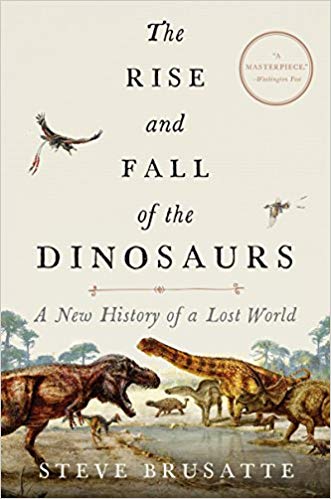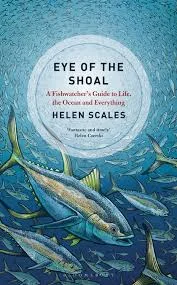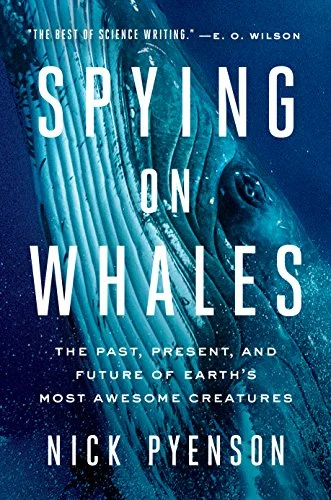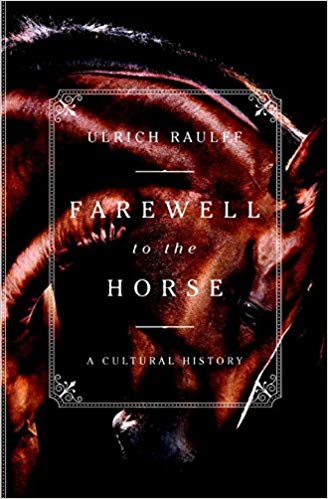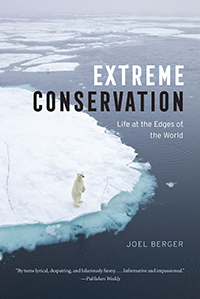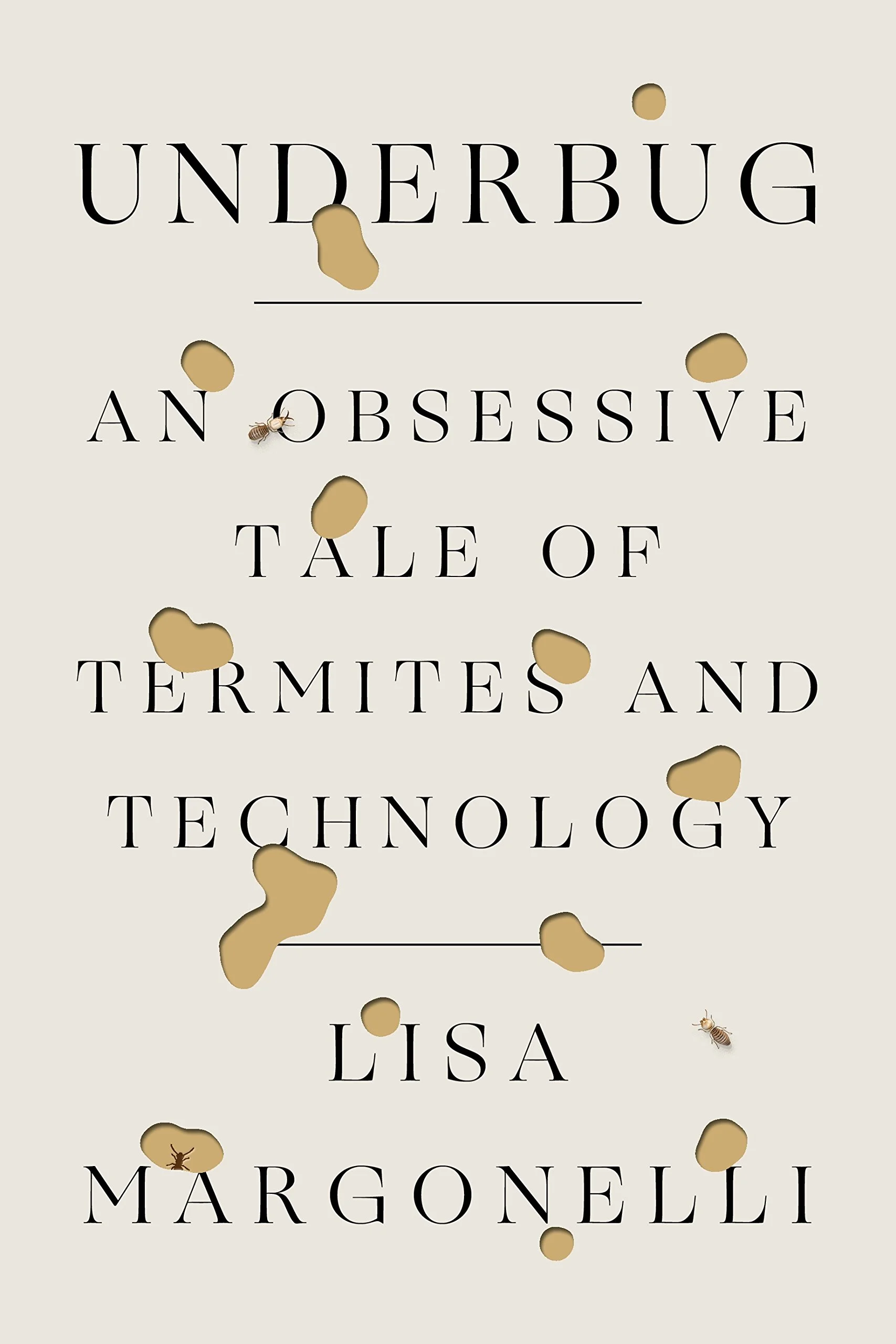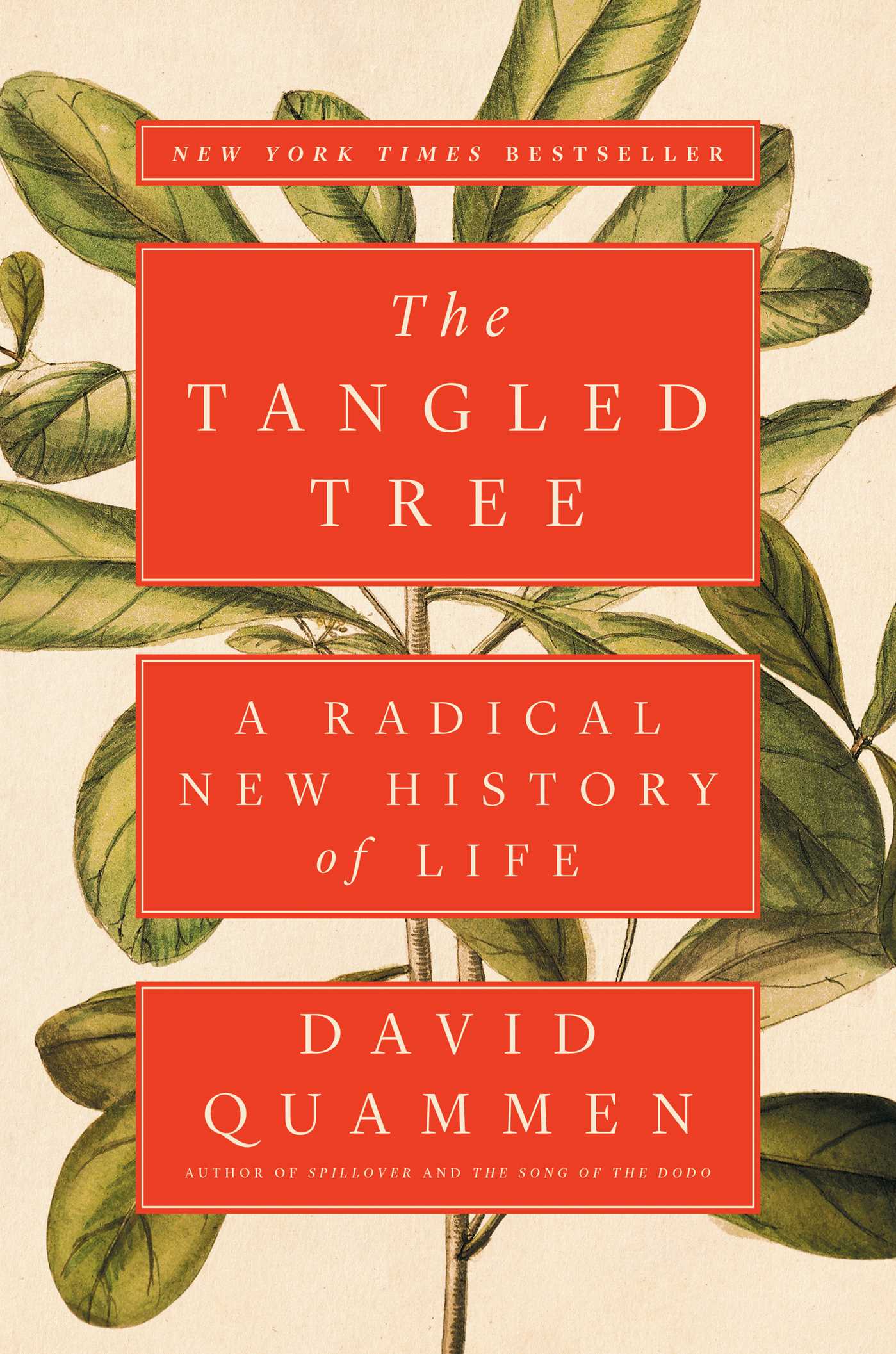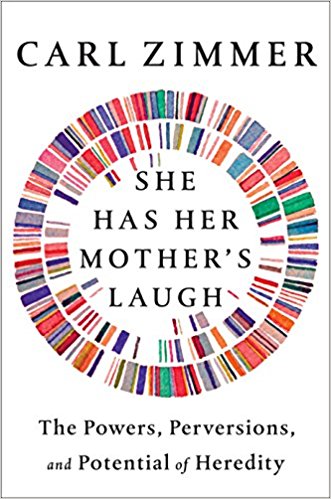Best Books of 2018: Science and Nature!
/As we've already seen, when the impinging social and political news of the day becomes particularly acidic, the wonders of the natural world seem to beckon more strongly than ever. Field guides to sea gulls or exoplanets are always wonderful, but they seem just a bit more wonderful in darker years, when there's an element of relief simply in the absence of talk about the Syrian civil war or the rise of fascism all over the world. True, the escape isn't complete – books about science and nature, for instance, are ideally placed to serve up the latest dire news about things like catastrophic climate change or skyrocketing extinction rates. But even so, the sense of wonder remains, and 2018 provided a marvelous bounty of it. Here are the best:
10 Farewell to the Horse by Ulrich Raulff, translated by Ruth Ahmedzai Kemp (Liveright) – As Raulff makes clear in this erudite and surprisingly touching history, the era of the horse as a necessary beast of burden is fast drawing to a close even in the least-developed places on Earth. This caps an enormously varied history – and hints are equally enormous changes to come, all of it discussed wonderfully in these pages.
9 Spying on Whales by Nick Pyenson (Viking) – The “spying” in the title of Nick Pyenson's arrestingly beautiful book is well-chosen: humans can only see tiny glimpses of the life and behavior of the most magnificent creatures who've ever lived on Earth; all the rest is conjecture hidden in the dark depths of the oceans. Pyenson's meditations on these creatures are all the more striking for the optimistic guesswork that runs throughout them.
8 The Cow with Ear Tag #1389 by Kathryn Gillespie (University of Chicago Press) – Even a glance at this book's title is sufficient warning for the endless miseries that lie in wait for the reader, and Gillespie holds nothing back, taking readers through the nightmare of the industrial slaughter-industry with eloquent but unsparing prose. The particular cow in question survives to live untroubled on an animal sanctuary, but the book is harrowing about the millions and millions not so fortunate.
7 Eyes of the Shoal by Helen Scales (Bloomsbury) – In this curiously and winningly evocative book, Helen Scales gives readers a prismatic, almost poetic view of the world of fish – how they perceive their surroundings, how they communicate … basically, what they do all day. Scales is a marvelously involving writer, and there are reorientations of thinking on almost every page of this book.
6 The Rise and Fall of the Dinosaurs by Steve Brusatte (Morrow) – Once again, the title tells a tale – in this case a tale virtually impossible to tell in the confines of one volume, since our knowledge about the natural history and staggering variety of dinosaurs continues to explode. And yet, somehow Steve Brusatte manages to take that enormous story and craft it into a smoothly-reading and even gripping story, the best such volume on dinosaurs in decades.
5 She Has Her Mother's Laugh by Carl Zimmer (Dutton) – The mysteries and the complicated revelations of heredity are wonderfully dramatized in this big and ultimately oddly uplifting book. Zimmer ranges over every aspect of his subject, always with a revisionist eye, seeking the surprises as well as the settled science. This big books is a near-perfect example popular science written as both a challenge and an invitation.
4 The Tangled Tree by David Quammen (Simon & Schuster) – David Quammen is unequalled in his ability to take complex scientific concepts and data and make it all not only comprehensible to the layperson but also totally involving reading, and this latest book is a perfect example: it's about horizontal gene transfer – what it is, how it works, and what it means for the traditional view of life on Earth. Every David Quammen book is a totally enjoyable event; this one is electrifying.
3 Underbug by Lisa Margonelli (FSG) – This list this time around has been dominated by fantastic books with very specific concentrations: horses, whales, fish, cows, etc. This pattern holds true for Lisa Margonelli's incredibly readable book Underbug, although most of her readers will wish it didn't: she's chosen to focus on termites, and to tell you everything, just flat-out everything about them. And she's such a gifted teacher that you'll end up enjoying it.
2 Extreme Conservation by Joel Berger (University of Chicago Press) – The animal at the center of Joel Berger's exhilaratingly intense Extreme Conservation is the yak of the forbidding Tibetan plateau, an animal so perfectly adapted to the drastic cold and thin air of its environment that it occupies an unenviable position on the knife edge of the catastrophic climate change that's moving into every far corner of the world. Berger captures all the tension – and, amazingly, tiny glimmers of hope – in his subject.
1 Eager by Ben Goldfarb (Chelsea Green) – As with so many books on this list, so too with this, the best nature book of 2018: the focus is on one specific creature, the beaver. But the magic of Ben Goldfarb's approach is to make the reader aware at every turn that when it comes to beavers, there isn't really a small-focus rendition: these are landscape and biodiversity engineers whose affects on the world around them can be extremely wide-ranging. And the hopelessly misanthropic little workaholics have never had a more passionate advocate.

